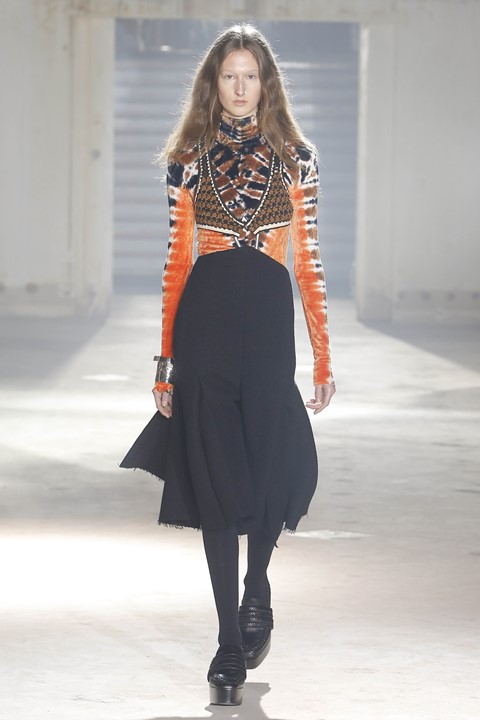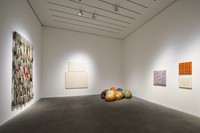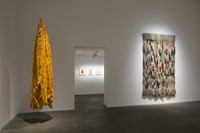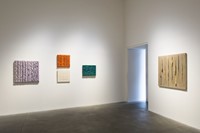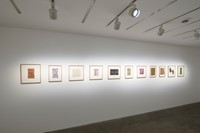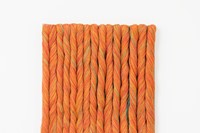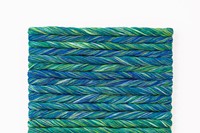Sheila Hicks was the woman who inspired Jack McCollough and Lazaro Hernandez for their latest collection. Here, we find out more about her life and work
Who? Sheila Hicks was born in 1934 in Nebraska, US. Her artistic focus was originally in painting, training under Joseph Albers at Yale School of Art. Her contemporaries included fellow artist Eva Hesse, also renowned for her soft and sculptural forms made from latex and felt. Hicks’ interest in the medium of textiles – or ‘fibres’, as she refers to her preferred material – peaked when Albers introduced her to his wife Anni, a Bauhaus weaver. In 1957, Hicks was awarded a scholarship to work in Chile where she experienced a creative epiphany, and soon after, the artist travelled the world, exploring the wealth of fabrics in South America, North and South Africa, India and Mexico.
During the 1960s, at a time when the male-dominated field of minimalist art was so prevalent, Hicks’ subverted this trope by turning to a typically ‘feminine’ method of making work. Where the likes of Carl Andre, Donald Judd and Sol LeWitt constructed forms from the impersonal materials of steel, bricks and concrete, Hicks chose linens, cottons and wools, turned by her own hand. “Textile had been relegated to a secondary role in our society, to a material that was considered either functional or decorative,” she said. “I wanted to give it another status and show what an artist can do with these incredible materials.” Now, Hicks is 82 years old and based in Paris and New York, where she continues to practise. A solo retrospective of her work has opened at the Centre Pompidou this week, highlighting her historical and contemporary importance via more than one hundred pieces on display.
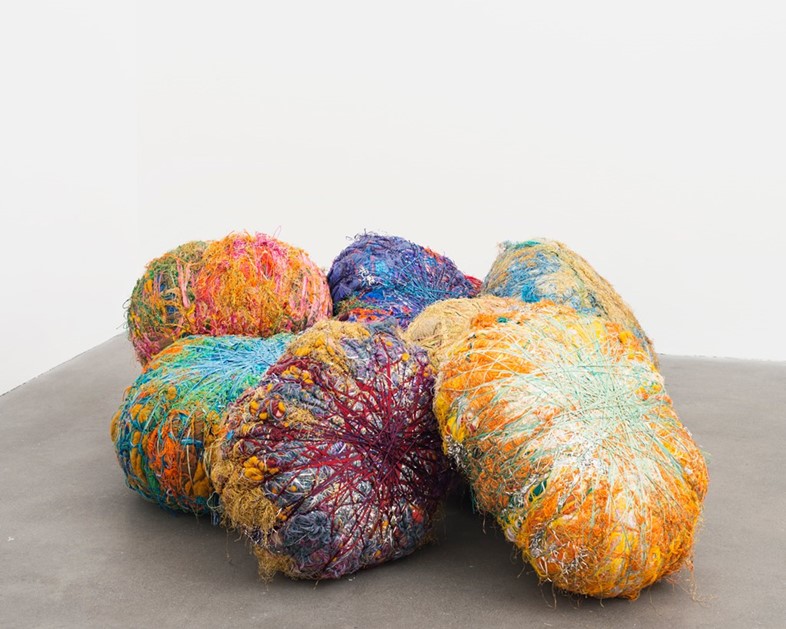
What? Hicks’ work ranges from wall hangings, or minimes, to site-specific installations that transform a space through colour-soaked, large-scale sculptures. Her innovative weaving techniques often incorporate unorthodox materials and objects; notably razor clam shells, cellophane noodles, fragments of slate, shirt collars and even plastic birth tags given to newborns in hospital. Such an obsession with textiles and materiality naturally extends into a preoccupation with clothing. Hicks recalled that when she first started at Yale, she shopped solely at army surplus stores for men’s garments.
In a 2015 interview with Frieze, Hicks also explained her love of making clothes: “I enjoy making things for friends, too. It’s true, you can’t go anywhere in the world without touching fibre. I’ve conducted workshops where I ask everyone to get undressed and to examine the materials they’re wearing layer by layer. Everything you wear has connotations. You can learn a lot about people from their clothes, their wrappings, their packaging.”
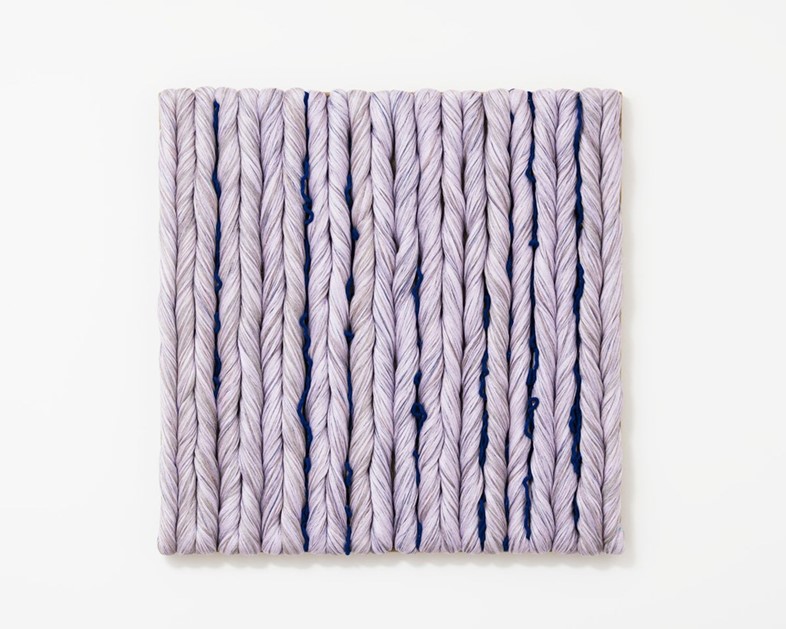
Why? For A/W18, Proenza Schouler eschewed its once-regular slot on the ready-to-wear timetable for a second season, showing the brand’s latest collection during haute couture week. Interestingly, amidst the Parisian glamour – which their previous collection strongly referenced – Jack McCollough and Lazaro Hernandez ensured their new work remained grounded stateside. “We took it back to California, to handcraft, women’s lib,” Hernandez said. As a result, there was plenty of Proenza’s signature tie-dying – in high-necked maxi dresses, velour blouses and turtlenecks – alongside macramé slip-on shoes, and woven leather forming spaghetti-like fringing on skirts, belts and bags. The pair noted that it was an exhibition of Sheila Hicks’ work that had sparked their inspiration for this collection, which made for a refreshingly earthy punctuation in the midst of all the duchesse satin, ostrich feathers and chiffon.

Sheila Hicks, Lignes de Vie / Life Lines runs until April 30, 2018 at Centre Pompidou, Paris.
